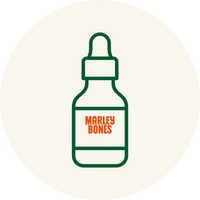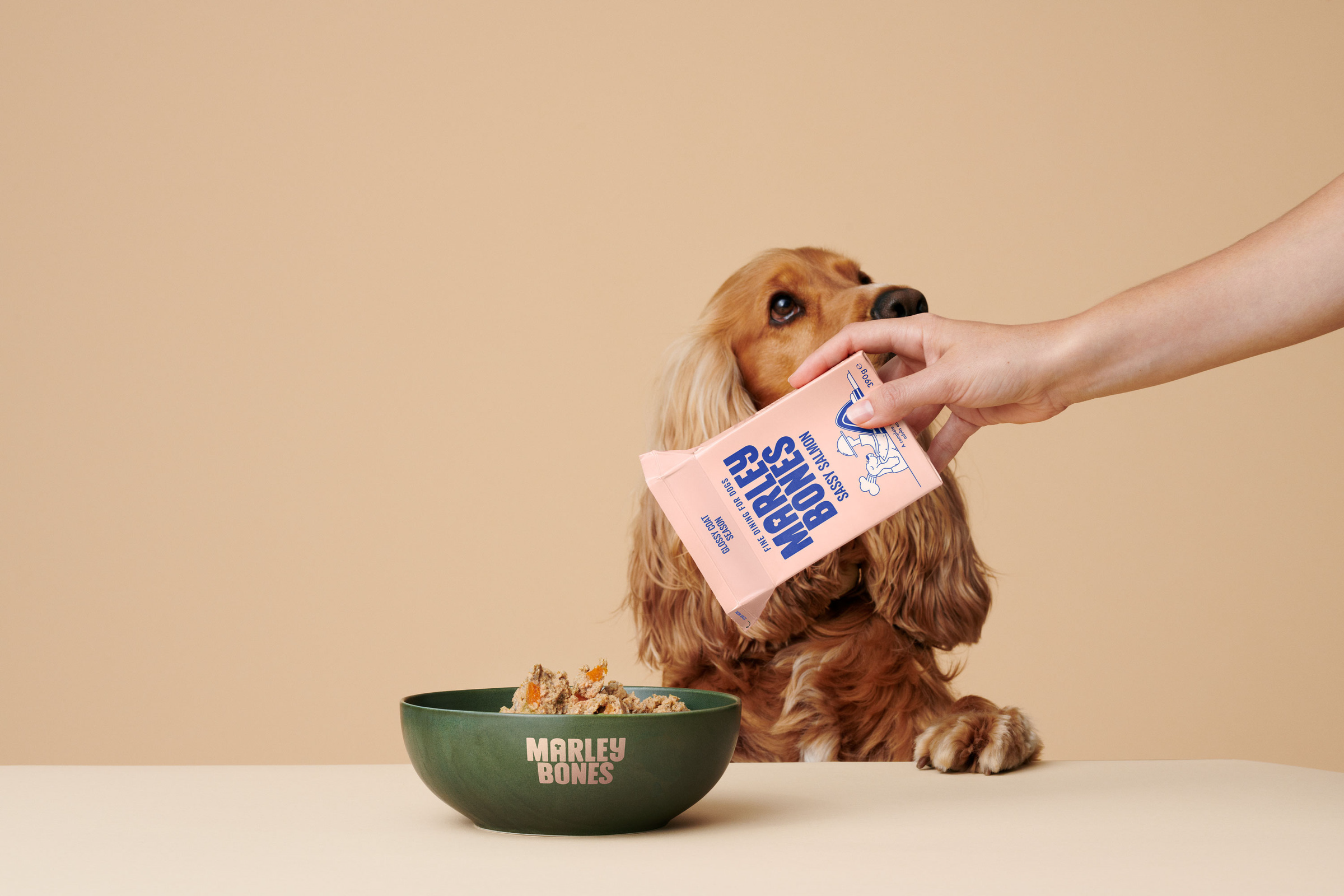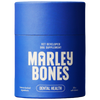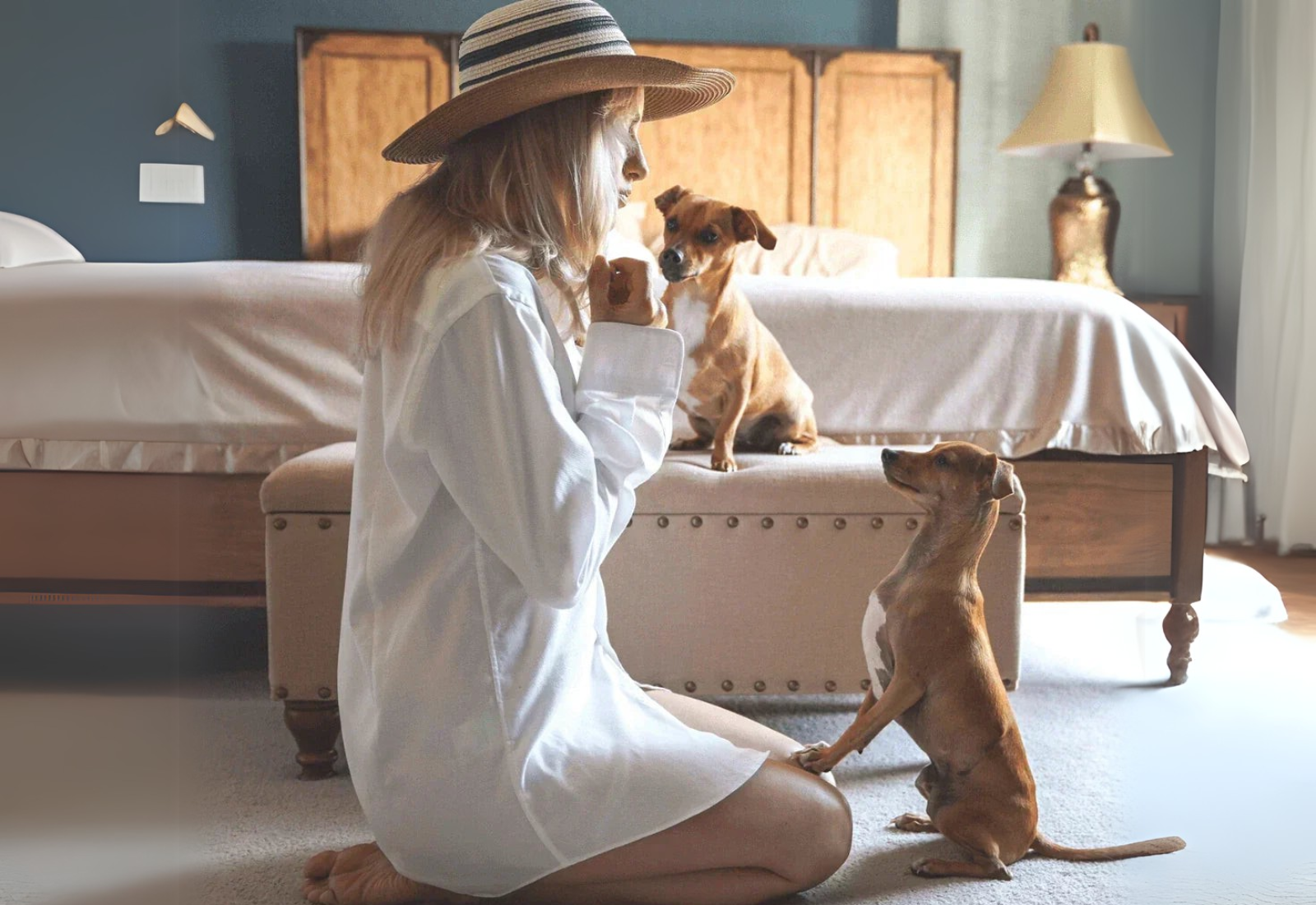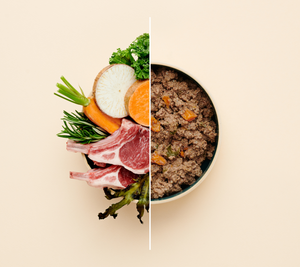Teach Your Dog How To Twist And Spin
Training your dog should be enjoyable, positive, and full of feel-good moments. Teaching them to spin or twist is a simple, entertaining trick that adds variety to your sessions and helps build focus and confidence. It’s not just about the end result — it’s about having fun together and making training a rewarding experience for both of you! Read on to learn how to teach your furry bestie how to twist and spin in a few simple steps!
Why Should You Teach Your Dog the Twist and Spin?
Well, first of all – to show off, of course! Let’s be honest, we all love a chance to show off our brilliant, well-trained, clever, and charming dogs. And why not? They deserve the spotlight – they’re the best!
But it’s not just about impressing others. These tricks offer real practical value too. Spinning and twisting are fantastic for gently stretching your dog’s body before and after exercise, helping to keep their muscles supple and reducing the risk of injury. It’s a simple, fun way to support your dog’s physical wellbeing.
One of my personal favourite benefits? On those classic rainy British days – when you've both come home drenched after a soggy walk – this trick is a lifesaver. Instead of bending down to dry each paw, place a towel on the floor, get your dog to stand on it, and cue them to spin and twist. Their paws get dry, and your back gets a well-earned break. Win-win!
Plus, let’s not forget the mental stimulation. Trick training is a brilliant way to keep your dog’s brain engaged. Just a few minutes a day can help boost their focus, build confidence, and strengthen your bond – all while having fun together.With so many benefits packed into just one or two simple tricks, what’s stopping you from giving it a go?

Teaching your Dog the Twist and Spin
Teaching your dog to spin and twist is not only great fun, but it’s also fantastic for mental stimulation, body awareness, and improving your bond. These tricks look impressive, are quick to teach, and can even be useful for drying muddy paws!
Begin by teaching your dog to spin – this means moving in a full circle, on the spot, in an anti-clockwise direction. You’ll need a tasty treat to use as a lure – Marleybones treats are a brilliant choice, as they’re both nutritious and irresistible to dogs. Here's step by step instructions to follow:
- Position your dog: Have your dog standing in front of you. If they’re sitting, gently lure them into a stand by holding the treat at their nose level and stepping backwards slightly. Their back legs should follow naturally into a standing position.
- Use the treat to guide them: Hold the treat about an inch away from your dog’s nose – close enough to follow, but not so close they snatch it. Keep it at nose height to avoid encouraging jumping.
- Guide in a circle: Slowly move the treat in an anti-clockwise circle. Your dog should follow the lure with their nose, moving in a smooth spin.
- Reward at the end: As soon as your dog completes the full circle and faces you again, praise them and give them the treat!
- Repeat and reinforce: Practise several times, keeping the movement slow and consistent. Repetition builds confidence and understanding.
Once your dog starts to understand the movement, begin to fade the lure:
- Use a treat to guide one time, then switch to using just your hand the next.
- Reward from your other hand once the trick is complete.
- If your dog struggles, go back a step – training should always set them up to succeed.
When your dog can confidently spin anti-clockwise, you can teach the twist – which is the same movement but in a clockwise direction. Dogs, like humans, may have a preferred turning direction. Be patient, and if they seem confused, give them an easy win by asking for a trick they already know. Then, try the twist again.
Top Tips For Trick Training Sessions
- Keep sessions short and fun – 3–5 minutes, 3–4 times a day is ideal.
- End on a high note – always finish with success and reward with a flavoursome treat!
- Use clear cues – once your dog starts to understand the motion, introduce the verbal cues “Spin” and “Twist”.
- Stay positive – if your dog isn’t getting it, it’s okay! Just simplify the steps and try again later.
The Final Woof
So, what are you waiting for? Give these fun tricks a go and don’t forget to tag us in your videos – we love seeing dogs and their humans learning and laughing together.
Happy training!



